- Boost brand visibility and awareness on social media with a consistent stategy
- Digital marketing strategy for brand awareness: run social media giveaways
- Boost brand awareness with gamification: the new digital marketing strategy
- Create a brand new experience to generate awareness and visibility online
- Digital Marketing Strategy: Generate brand awareness with UGC
Brand awareness is a tricky element of marketing. It’s hard to define or measure, but we know it’s essential to a brand’s success.
According to Investopedia, brand awareness is “the degree of consumer recognition of a product by its name”. If consumers recognize your products and view them as different from the competition, then you have more chance of making a sale.
Brand awareness is the degree of consumer recognition of a product by its name. Share on XBrand awareness can make or break a brand. Products with high brand awareness enjoy the “moat effect”: because they’re so well known, it’s hard for any competition to break through. And in some crowded industries, brand awareness is pretty much the only thing that differentiates products. For example: are you really, 100% sure that you could tell the difference between Coca-Cola and Pepsi with the labels taken off?
In this post, we’ll take a look at different digital marketing strategies to boost brand awareness. Each strategy has a different approach. But they’re all designed to improve brand recognition, position your brand with consumers, and ultimately increase sales.
Boost brand visibility and awareness on social media with a consistent stategy
Let’s start with something obvious: if you want people to recognize your brand, then they need to see it. The best brand awareness campaigns will get plenty of views for your products and brand online.
However, you still need to strike a balance between showing off your products and interacting with consumers. Social media is meant to be interactive, fun, and relational. So you need a way to highlight your brand and products – interactively. Sharing informative and entertaining content, highlighting your core values, and showing the people behind your product (or social media strategy) makes your brand seem more humane. Here’s an example of how Mango’s social media strategy. Apart from regularly publishing content that is relevant to its audience, the brand also shares and emphasizes its values.
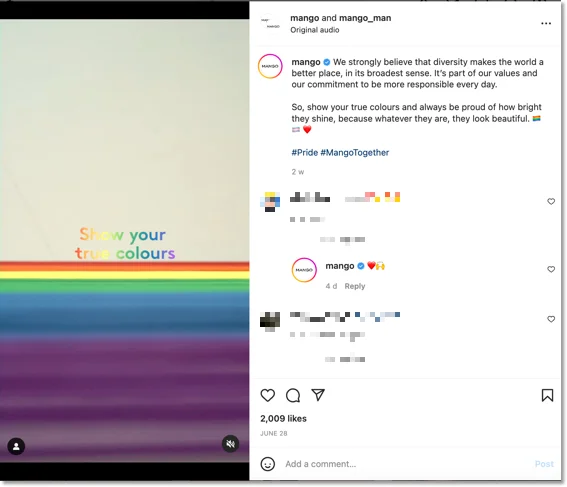
However, note that Mango’s community managers work very hard on creating and fostering customer relationships. Apart from liking most of the comments left on Mango’s post, the brand also actively replies to all comments, providing better customer service and expanding positive brand perceptions.
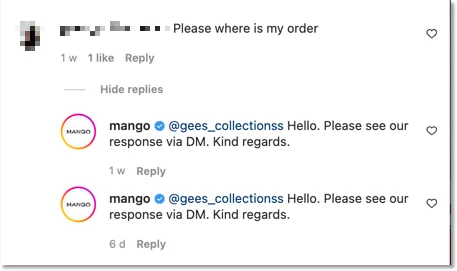
Digital marketing strategy for brand awareness: run social media giveaways
Social media promotions are incredible for generating engagement, visibility, and awareness. But social media giveaways are not just about promoting your products with random raffles; social media users like to be seen and appreciated, and therefore, social media sweepstakes are a fantastic opportunity to reward your followers’ support. At the end of the day, they’re often the ones that reshare your content or recommend your account to family and friends.
This is why we recommend social media giveaways as a brand awareness marketing strategy. For example, here’s an Instagram giveaway by Snüz, a high-end brand for babies and parents in the UK.
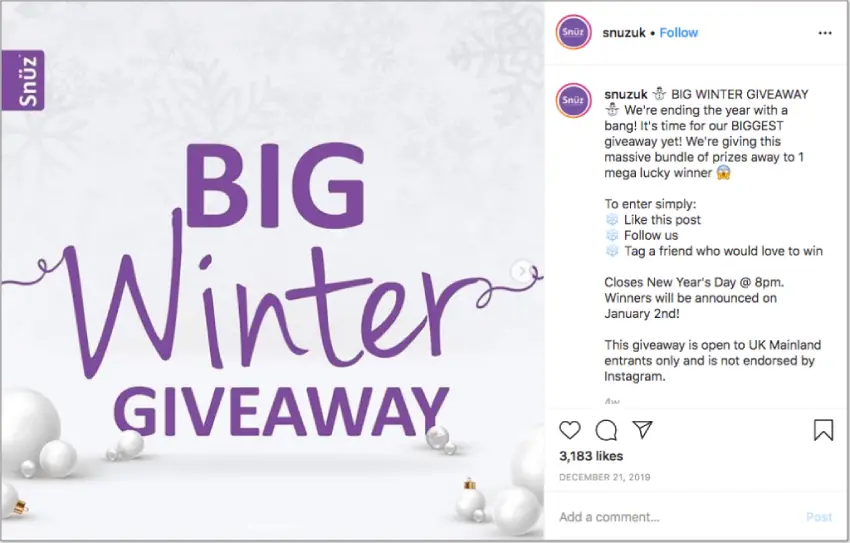
The basic idea is very simple. When someone commented on Snüz’ Instagram post and tagged a friend, they joined a prize draw for a bundle of babywear goodies. Can you see the trick here?
Instagram is one of the only social networks where you can ask for likes and follows. Learn more with our ultimate guide to Instagram giveaways.
Now let’s look at how that giveaway boosted brand awareness for Snuz, and hit some key KPIs.
- Encouraging comments: Doing something interactive, like leaving a comment, makes the brand stick in people’s minds better. Consumers also feel a personal investment in the brand, because they’ve shared a conversation together.
- Increasing reach: Comments, likes, and follows will all help to surface a brand awareness campaign on social media. The more interactions you get, the more people will see your posts in the Explore tab.
- Brand positioning: Snuz has chosen a prize that targets their key audience and shows that they care about families. Plus, they tied the giveaway to the winter holidays, giving them an extra boost.
Of course, not everyone might convert to a paying customer right now but who knows, maybe one day they will look for this trendy crib or white noise teddy bear that they saw while participating in the giveaway.
The most important metric for a comments giveaway is, naturally, the number of comments your post receives. But you should also be checking other KPIs such as follower counts, likes, shares, and unique views.
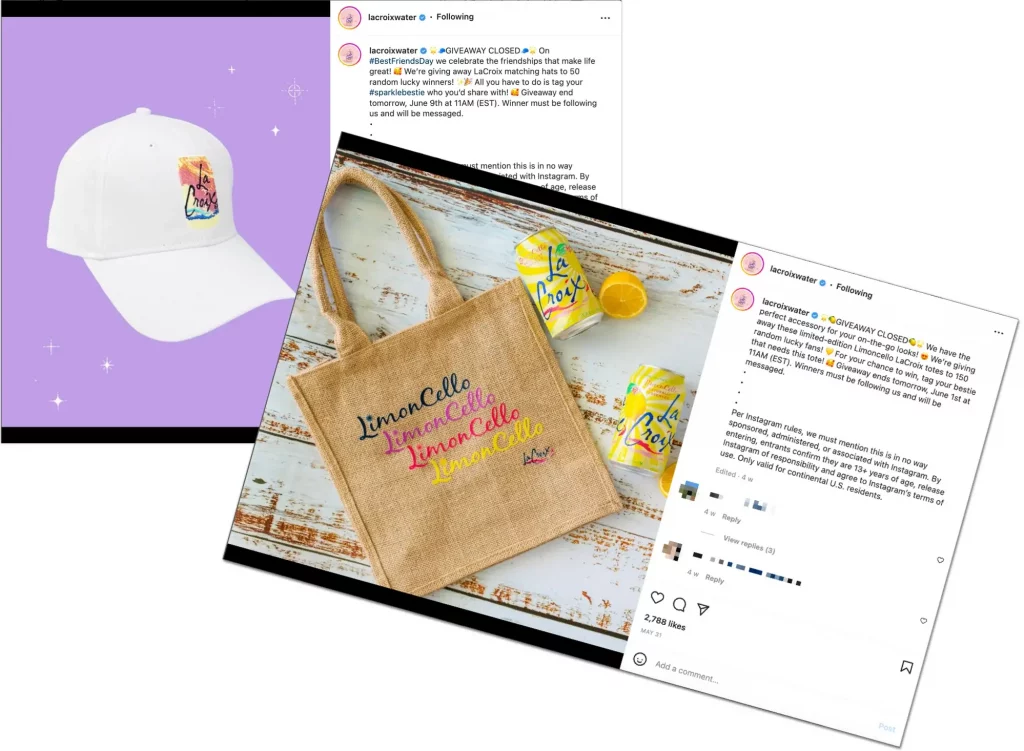
Visit La Croix’s Instagram account to see how often they run comment giveaways. Take a look at how many comments each giveaway generates for the brand; isn’t it an amazing, and cheap, digital marketing strategy for brand awareness?
Boost brand awareness with gamification: the new digital marketing strategy
What normally catches your attention while scrolling through social media feeds? Is it static content? Or is it interactive and dynamic content that sparks your interest? We bet it’s the second option!
An average social media user sees hundreds of posts every day and it’s your task to make sure that your brand’s message stands out from the crowd. Images of products and information about discounts and deals are important to spread, however, they don’t necessarily entertain the end user. But gamification does.
Branded mini-games are especially effective for brands that look to generate new leads. Users participate in a mini-game, like a puzzle, or a switch and match type of game and once they complete the game, they can leave their contact details for a chance to win attractive prizes like product bundles or tempting gift cards. The trick here is that the game is customized with your corporate image and logos. This generates trust, making the user more likely to share their email address and name for a chance to win something that appeals to their likes.
We have dozens of mini-games demos and templates; go ahead and play to find the dynamic that best suits your brand and needs!
Here’s an example of a Timed Quiz organized by a Bosnian petrol station. The brand wanted to collect email addresses from the in-store customers, therefore, each paying customer received a code that they used to access the game. Then, they were asked to answer a series of general questions. In return, each participant had a chance to win fuel vouchers. The brand managed to retain customers, increase loyalty, collect new leads, and increase sales by attracting more traffic to its establishment.
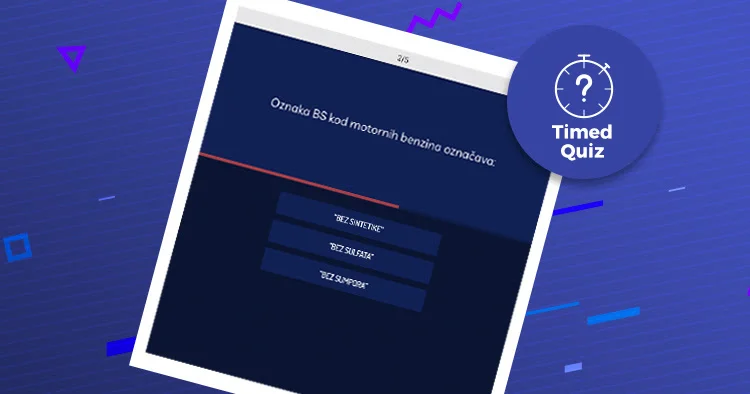
Another brand that implemented gamification into its digital marketing strategy is Andrew’s Airport Parking. The brand regularly organizes Puzzle and Memory games, in which users interact with images with the brand’s corporate colors, as well as logos. Apart from being willingly exposed to the brand’s visual assets, customers share their contact details for a chance to win parking vouchers.
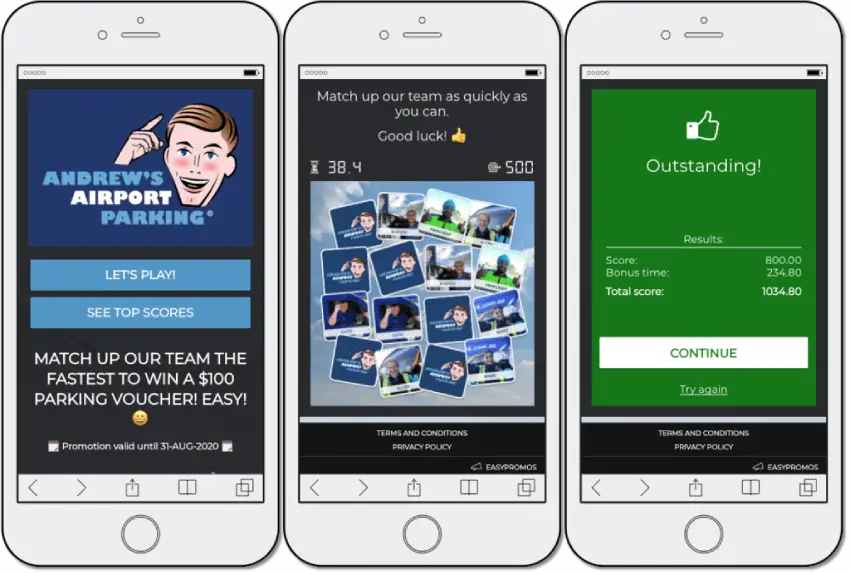
Find out more about Andrew’s Airport Parking’s successful campaigns.
Create a brand new experience to generate awareness and visibility online
What’s the hardest part of brand awareness and product positioning?
We’d say differentiation. Your brand, your products, and your efforts to promote them all have to stand out from the crowd. That’s why it’s so important to offer a unique experience as part of your brand awareness digital marketing campaigns.
And just to add to the challenge, let’s remember the tips we learned from our previous brand awareness campaign examples. A brand awareness campaign has to be interactive and demonstrate your values and brand positioning.
Here’s one example of a brand awareness campaign that really ticks all the boxes. It was created by two brands – TravelUp and Icelandic Air – to raise awareness of their shared products.
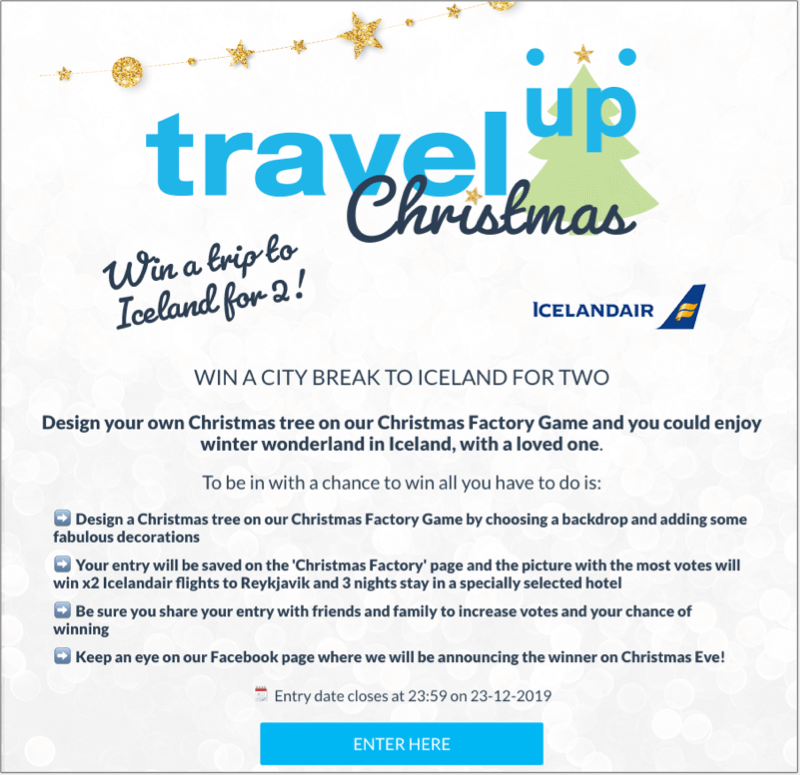
The campaign was interactive because it invited people to create, share, and vote for user-generated content. It highlighted the brand values, by focusing on family and the winter holidays. And it was original because it gave people something new: a creative challenge. Instead of passively looking at products or watching ads, consumers had the chance to interact with the campaign and create something of their own.
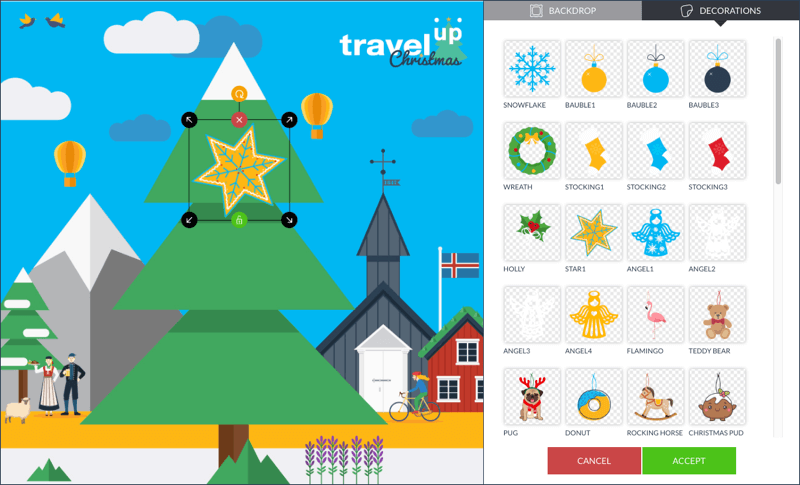
The response from consumers was huge. And you’ll notice that none of the designs were the same. Everyone who saw the TravelUp/Icelandic Air campaign had a totally different experience:
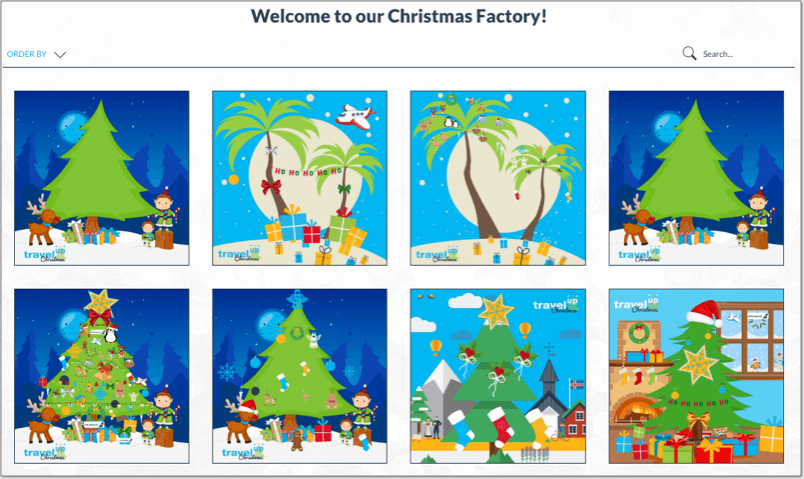
Digital Marketing Strategy: Generate brand awareness with UGC
Our first brand awareness campaign example focused on new views and followers. Simple, social media giveaways are a highly effective way to reach new audiences. But now let’s go a little deeper. When someone sees your product for the first time, it’s only the beginning of their journey towards making a purchase. You’ll need to guide them on that journey – through brand positioning and the growth of the brand/customer relationship.
We already know that getting people to interact with your brand helps with brand recognition. You can reinforce that effect by responding to what people share with you. So how do you reflect people’s interactions back to them?
Here’s a really terrific example from another baby-centered brand, the Australian Nappy Association. They asked parents to post a photo of their child wearing cloth nappies each day during October. There was a huge range of prizes on offer, with one awarded each day.
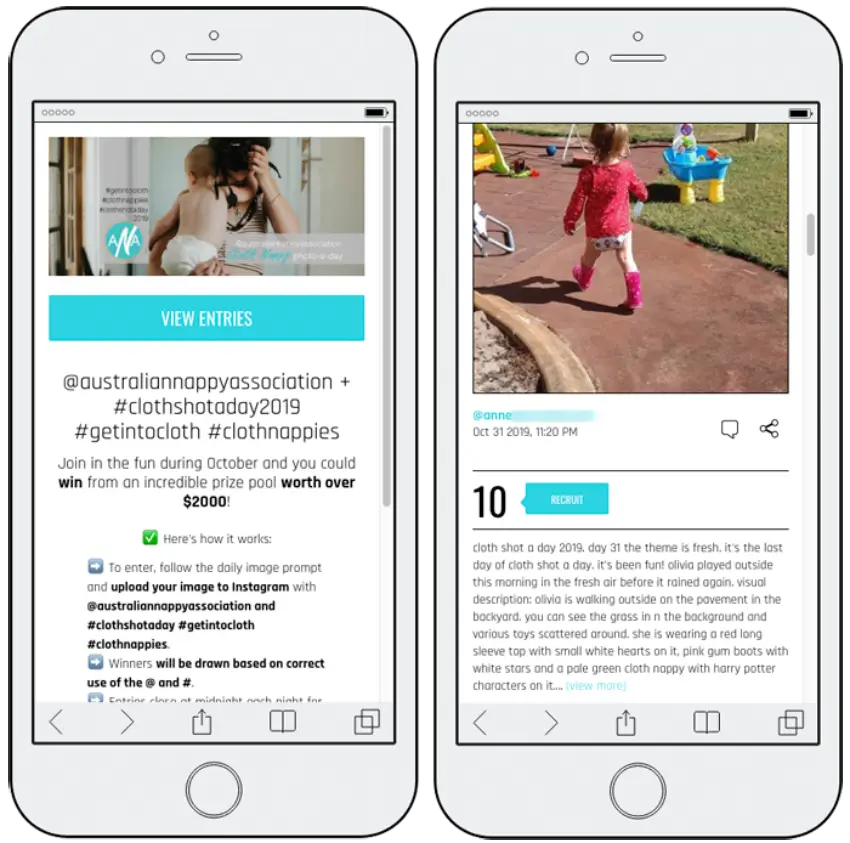
There are a ton of reasons to love this campaign – even beyond the cute baby photos.
- User-generated content. Whether you collect photos on social media or set up a photo contest webpage, those images are now yours to use. That’s free content – and it shows followers that you value their contributions.
- Doubling down on interaction. In this brand awareness campaign example, people could vote on the photo entries. So they had two opportunities to interact: posting photos and voting for their favorites.
- Boosting social media reach. Because the contest used multiple brand-relevant hashtags, the Australian Nappy Association received a huge boost on social media.
- Encouraging customer loyalty. There were daily prizes throughout the contest, so users kept coming back. And every time they came back, they were exposed to more brand products. Additionally, photos shared by customers generated brand authenticity.
- Brand positioning. Just like our first example in this post, the ANA used the campaign to demonstrate their family values.
Let’s focus briefly on the final point: brand positioning. According to the Harvard Business Review, shared values are behind 64% of brand relationships. That means that customers are much more likely to commit to your brand if they believe you share the same worldview and mission – in this case, caring for young families.
So product positioning and demonstrating values are essential to brand awareness. Every part of a brand awareness campaign should tell consumers who you are: from the rewards on offer to the user-generated content you collect to the design of your logo.
Do you want to try any of these ideas? Our Support Team will help you and answer all your questions through our online chat.
